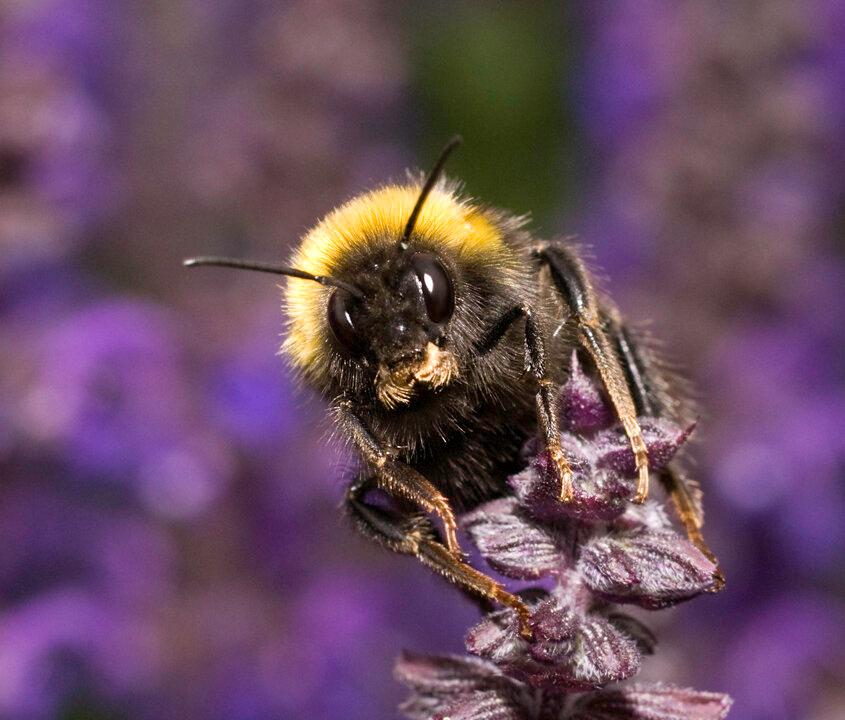Special plant cells found only in flowers allow pollinators to hold on during windy weather, U.K. researchers have discovered.
These tiny pyramid-shaped cells are typically about 1/50th of a millimeter wide and occur in around 80 percent of flowers that have petals.






